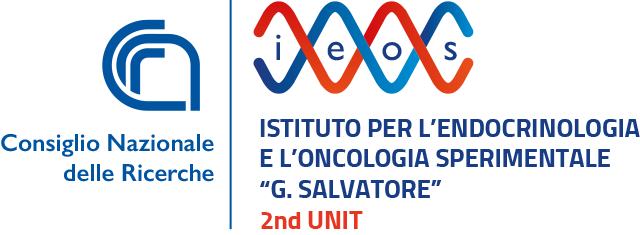TANGO1: from collagen secretion to controlling fibrosis - Prof. Vivek Malhotra CRG, Barcelona
Secreted collagens compose 25% of our dry protein weight and necessary for tissue organization, and skin and bone formation. But how are these bulky cargoes that are too big to t into a conventional COPII vesicle exported from the ER? Our discovery of TANGO1 (Bard, Nature 2006; Saito, Cell 2009; Saito, Mol Biol Cell 2011; Santos, J Cell Biol 2016; Malhotra, Ann Rev Cell Dev Biol 2019), a ubiquitously expressed, ER-exit-site-resident, transmembrane protein has made the pathway of collagen secretion amenable to molecular analysis. TANGO1 acts as a sca old to connect collagens in the lumen to COPII coats on the cytoplasmic side of ER. However, the growth of the collagen containing mega transport carrier is not simply by accretion of a larger COPII coated patch of ER membrane, but instead by rapid addition of premade ERGIC 53 containing small vesicles and tubules. This mode of transport carrier formation is fundamentally di erent from that used to produce small COPII vesicles. We have seen that TANGO1 rings the ER exit site and thus organizes a sub compartment within the ER (Nogueira, eLife 2014; Santos, eLife 2015; Raote, J Cell Biol 2017). The transmembrane helices of TANGO1 in prevent the mixing of ERGIC 53 containing membranes to the bulk of ER (Raote et al., 2020). This allows transport of collagen from the lumen of ER into the ERGIC 53 compartment via a tunnel. We have now mapped all the components that work in concert along with the cargo to assemble TANGO1 into a ring (Raote et al., 2018: Raote and Malhotra 2019; Raote et al., 2020 Raote and Malhotra, 2021; Raote et al., 2022). TANGO1 is genetically mutated in patients with collagenopathies (Lekszas et al., 2020). Our ongoing studies on TANGO1 function in exporting right quantity and quality of collagens and how this activity can be targeted to control collagen hyper secretion dependent tissue brosis will be discussed.
Host: Alberto Luini (



